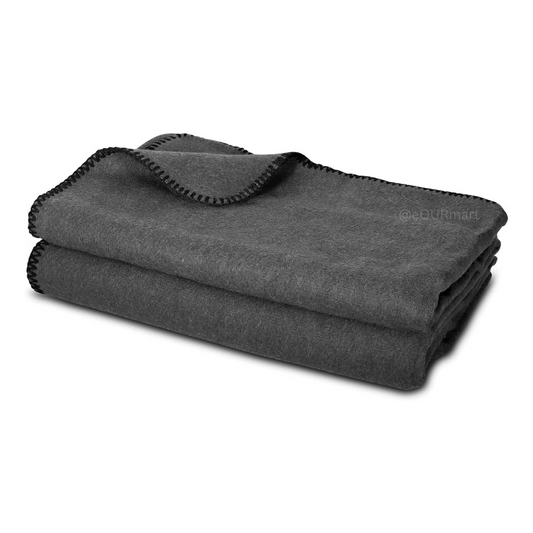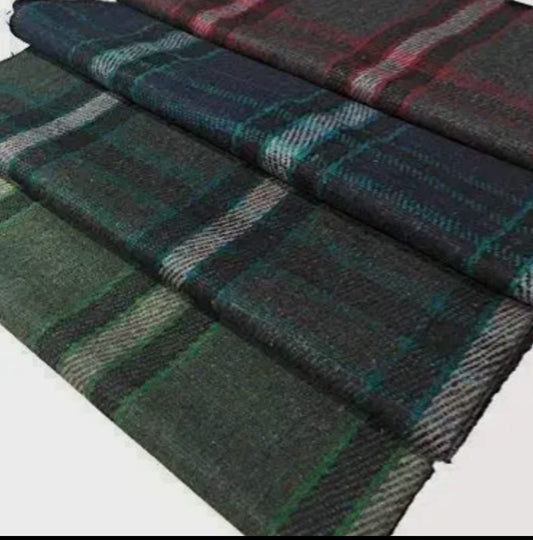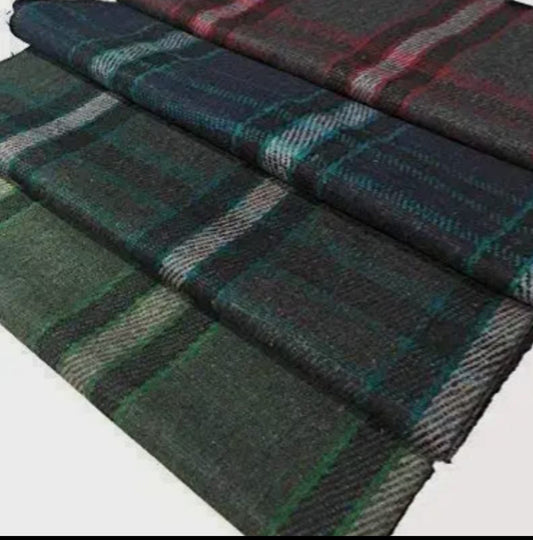Kerosene lamps have been used for lighting for over 150 years, and they remain a popular source of light in many parts of the world, especially in areas with no access to electricity. Kerosene lamps are portable, durable, and reliable, making them an essential tool for many people. In this essay, we will explore the history and technology behind the kerosene lamp, as well as its advantages and disadvantages, and its impact on society.
History of the Kerosene Lamp
The kerosene lamp was invented in the 1850s by the Polish inventor Ignacy Lukasiewicz. Lukasiewicz discovered that by distilling coal, he could produce a liquid fuel that burned brighter and cleaner than traditional kerosene lamp, which used whale oil or other animal fats. The fuel was named kerosene, after the Greek word for wax (keros), and it quickly became a popular source of lighting.
Kerosene lamps or hurricane lamps quickly spread around the world, and by the late 1800s, they were the most common source of lighting in many households. In the United States, kerosene lamps were especially popular on the frontier, where they were used to light homes, businesses, and public spaces. Kerosene lamps were also used extensively in Europe, Africa, and Asia, where they provided a reliable source of light in areas with no access to electricity.
Technology of the Kerosene Lamp
Kerosene lamps or kerosene lantern consist of a reservoir for the fuel, a wick, and a burner. The reservoir is typically made of metal, glass, or ceramic, and it holds the kerosene fuel. The wick is made of cotton or another absorbent material, and it is threaded through a small tube that extends from the bottom of the reservoir to the top of the lamp. The burner consists of a metal frame that holds the wick and a small chimney that directs the heat and light from the burning fuel.
To light a lamps kerosene, the wick is first trimmed to the desired length and then lit with a match or lighter. As the fuel is burned, it is drawn up the wick by capillary action, where it is heated by the burner and burned, producing light and heat. The brightness of the lamp can be adjusted by raising or lowering the wick, which controls the amount of fuel that is burned.
Advantages and Disadvantages of the Kerosene Lamp
One of the primary advantages of the kerosene lamp or lamp lantern is its portability. Unlike electric lights, which require a power source, kerosene lamps can be easily moved from room to room, or taken outside. This makes them ideal for use in areas with no access to electricity, such as rural areas or camping sites.
Another advantage of kerosene lamps is their durability. Unlike delicate electric bulbs, kerosene lamps are made of sturdy materials like metal and glass, and they can withstand rough handling and extreme temperatures. This makes them a reliable source of light in areas with harsh weather conditions, such as the arctic or the desert.
However, there are also several disadvantages to using kerosene lamps. One of the most significant is the risk of fire. Kerosene lamps produce heat and flame, and if they are not handled carefully, they can cause fires or explosions. In addition, the fumes from burning kerosene can be harmful if inhaled, especially in poorly ventilated areas.
Another disadvantage of kerosene lamps is their environmental impact. Kerosene is a fossil fuel, and burning it produces carbon dioxide and other greenhouse gases that contribute to climate change. In addition, the production and disposal of kerosene lamps can have negative environmental impacts, such as the release of toxic chemicals into the soil and water.
Impact of the Kerosene Lamp
Despite its disadvantages, the kerosene lamp has had a significant impact on society. In many parts of the world, kerosene lamps remain the primary source of lighting, especially in areas with no access to electricity. In these areas, kerosene lamps are essential for activities such as cooking, studying, and working, and they have a profound impact on people's quality of life.
Kerosene lamps also have cultural and social significance in many societies. In some areas, kerosene lamps are used to light religious ceremonies or to commemorate important events. In other areas, kerosene lamps are associated with a particular lifestyle, such as camping or rural living.
However, the widespread use of kerosene lamps also has significant negative impacts. The burning of kerosene releases harmful pollutants into the air, which can contribute to respiratory problems and other health issues. In addition, the production and disposal of kerosene lamps can have negative environmental impacts, including the release of toxic chemicals into the soil and water.
Alternatives to the Kerosene Lamp
Given the negative impacts of kerosene lamps, there is growing interest in finding alternative sources of lighting. One promising alternative is solar-powered lights, which use solar panels to convert sunlight into electricity. Solar-powered lights are clean, renewable, and have no fuel costs, making them an attractive option for areas with no access to electricity.
Another alternative is LED lights, which are much more energy-efficient than traditional incandescent bulbs. LED lights use up to 80% less energy than incandescent bulbs, and they last up to 25 times longer. LED lights are also much safer than kerosene lamps, as they produce little heat and no flame, reducing the risk of fire.
Conclusion
Kerosene lamps have been an essential source of lighting for over 150 years, providing a reliable source of light in areas with no access to electricity. However, the use of kerosene lamps also has significant negative impacts, including the release of harmful pollutants and the risk of fire. Given these impacts, there is growing interest in finding alternative sources of lighting, such as solar-powered lights and LED lights. While these alternatives may not completely replace kerosene lamps, they offer a cleaner, safer, and more sustainable option for areas without access to electricity.
FAQ'S
Q: What is a kerosene lamp? A: A kerosene lamp is a type of oil lamp that uses kerosene as its fuel source.
Q: How does a kerosene lamp work? A: A kerosene lamp works by burning kerosene oil to produce a flame. The oil is stored in a reservoir and drawn up through a wick by capillary action. The flame is then lit at the top of the wick, and the heat causes the oil to vaporize and burn.
Q: Is it safe to use a kerosene lamp indoors? A: It is generally safe to use a kerosene lamp indoors, but proper ventilation is necessary to avoid the buildup of carbon monoxide and other harmful gases. It is also important to keep the lamp away from flammable materials and to handle the fuel carefully to avoid spills.
Q: How bright is a kerosene lamp? A: The brightness of a kerosene lamp depends on its design and the quality of the fuel. A well-maintained kerosene lamp can produce a bright flame that is comparable to a 40-watt bulb.
Q: How long does a kerosene lamp burn? A: The burn time of a kerosene lamp depends on its size and the amount of oil it can hold. A small lamp may burn for a few hours, while a larger one can burn for up to 12 hours or more.
Q: Can I use other types of oil in a kerosene lamp? A: No, it is not recommended to use other types of oil in a kerosene lamp as they may not burn cleanly or may produce harmful fumes. Kerosene oil is specifically formulated for use in kerosene lamps.
Q: How do I clean and maintain a kerosene lamp? A: To clean a kerosene lamp, remove the chimney and wipe down the glass and metal parts with a soft cloth. Replace the wick periodically and trim it to 1/4 inch above the wick holder. Keep the lamp filled with fresh kerosene and store it in a cool, dry place when not in use.
Q: Where can I buy kerosene for my lamp? A: Kerosene can be purchased at most hardware stores, home improvement centers, and some gas stations and online store like www.eOURmart.com. Be sure to purchase only high-quality kerosene that is specifically formulated for use in kerosene lamps.





